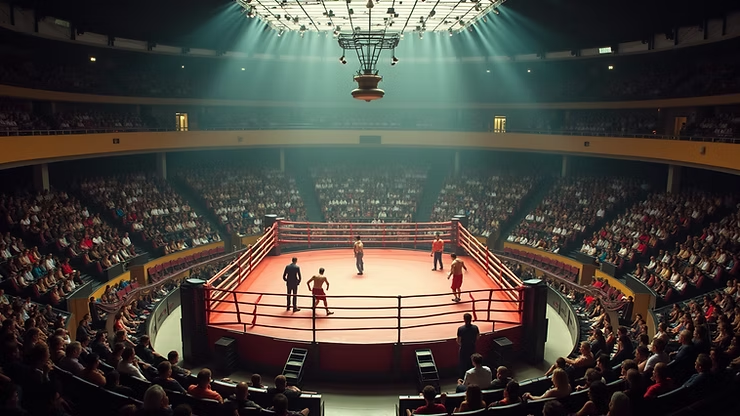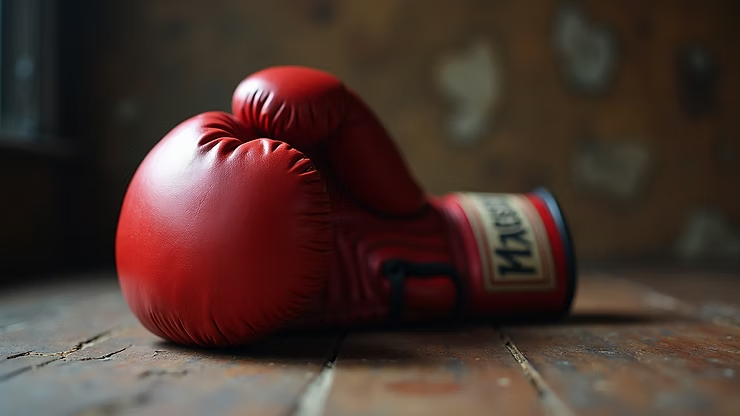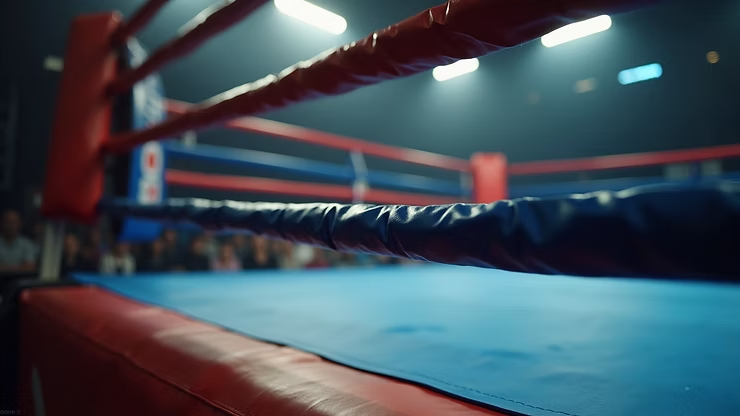Boxing may appear to be a straightforward sport, but its roots and evolution are rich and complex. Over the centuries, it has transformed from an unregulated brawl in ancient times into a globally recognized and regulated sport. Let’s embark on a journey through its fascinating history, exploring the milestones, legendary figures, and key moments that have shaped the world of boxing.
G-d Bless.
Riddick “Big Daddy” Bowe, Former 2-time World Heavyweight Champion
A Brief History of Boxing
The earliest forms of boxing date back to ancient civilizations. Historical records suggest that the sport originated in Mesopotamia around 3000 BC. Boxers in those times used their fists, often wrapped in leather strips, to strike their opponents. With minimal rules and oversight, bouts could often become brutal and chaotic.
The Greeks embraced boxing as part of the ancient Olympic Games, which began in 776 BC with official boxing competitions documented by the 688 BC Olympics. Unlike previous iterations, Greek boxing introduced a set of formalized rules, including weight classes and rounds. This landmark shift laid the groundwork for modern boxing’s structure.

In Rome, boxing took on a different flavor. The introduction of protective gear, such as gloves and helmets, aimed to reduce injuries while still allowing for fierce competition. Roman spectacle, however, led to a decline in the sport’s reputation, as it became a part of violent entertainment often associated with gladiatorial combat.
As time progressed, boxing went through a series of transformations. In the 17th and 18th centuries, it reemerged in England, evolving into a competitive sport complete with rules known as “The London Prize Ring Rules.” This marked the first instance of weight classes and regulations being introduced, making boxing more organized and accessible to a broader audience.
Key Figures and Milestones in Boxing
Throughout its rich history, boxing has seen its fair share of legendary figures who have influenced its development and popularity. One of the most important milestones came in the early 20th century with the emergence of heavyweight champions.
This era produced icons such as Jack Johnson, the first African American heavyweight champion, who broke racial barriers and showcased boxing’s potential as a path to fame and fortune.
Following Johnson, figures like Joe Louis and Muhammad Ali forever changed the landscape of boxing. Louis became a symbol of American resilience during World War II, while Ali’s charisma and controversial views transformed the sport into a platform for activism and social change.

Statistics show that boxing gained immense popularity in the mid-20th century, with millions tuning in for historic matches. The famous “Fight of the Century” between Joe Frazier and Muhammad Ali in 1971 was broadcast to an estimated 30 million viewers in the United States alone.
Boxing also experienced a shift with the establishment of sanctioning bodies, such as the WBC and WBA, which helped regulate the sport further and create a more formal championship structure. These organizations played a critical role in the sport’s growth, ensuring fair competition and elevating the profile of boxers worldwide.
What is 1, 2, 3, 4, 5, 6 in boxing?
In the boxing world, terms like “1, 2, 3, 4, 5, 6” refer to various punches that boxers commonly use during fights. Understanding these fundamental punches can provide insights into boxing strategies and techniques.
jab – The jab is a quick, straight punch thrown with the lead hand. It’s often used to gauge distance or set up more powerful punches.
cross – Subsequently, the cross is thrown with the rear hand, often following a jab. It is a powerful punch that can be devastating if delivered correctly.
hook – The hook is a punch that comes in a circular motion, targeting the side of the opponent’s head. It’s especially useful in close quarters and can catch an opponent off-guard.
uppercut – The uppercut travels from a low position upward, aimed at the chin or jaw. It is highly effective in countering an opponent’s attack.
body shot – This punch targets the torso, which can wear down an opponent over time and set them up for a follow-up knockout punch.
combination – Combinations consist of multiple punches thrown in quick succession, designed to overwhelm the opponent and create openings for significant hits.
Understanding and masterfully employing these punches can significantly impact a boxer’s success inside the ring.
The Modern Era of Boxing
As we moved into the late 20th century and beyond, boxing saw transformations in training, promotion, and fan engagement. The rise of cable networks and pay-per-view events catapulted boxing to new heights, providing a platform for fighters to reach a global audience.
Fighters like Mike Tyson and Oscar De La Hoya became household names, elevating the sport’s profile and bringing in massive revenue. Tyson’s explosive style and De La Hoya’s marketability changed how boxing was promoted, with marketing now playing a crucial role in the sport’s success.

Boxing also faced challenges amid a growing array of combat sports. Mixed martial arts (MMA) emerged as a popular alternative, prompting boxing to rethink its strategies for attracting and retaining audiences. Events like World Boxing Super Series introduced innovative formats, giving fans a fresh take on traditional boxing match-ups.
The advent of social media has had a profound impact on how fighters communicate with their fans and promote their fights. Many boxers today use platforms such as Instagram and Twitter to build their brands, share their training regimens, and engage with audiences on a personal level.
The Future of Boxing
Looking ahead, the future of boxing appears bright, although it will need to adapt to changing consumer preferences. The focus on boxer safety has become paramount, inspiring more stringent regulations and innovations to protect athletes.
Moreover, the sport must continue to embrace technology, from advanced training methods using virtual reality to utilizing analytics for performance improvement. These advancements will not only enhance the fighters’ skills but also captivate fans in novel ways.
In conclusion, the boxing history we explored reveals layers of intricacies that contribute to its enduring appeal. From its ancient roots to the modern-day mega-events, boxing has proven to be more than just a sport; it embodies resilience, culture, and the spirit of competition. As it continues to evolve, the foundation laid by pioneers of the past will undoubtedly influence the rising stars of tomorrow.
